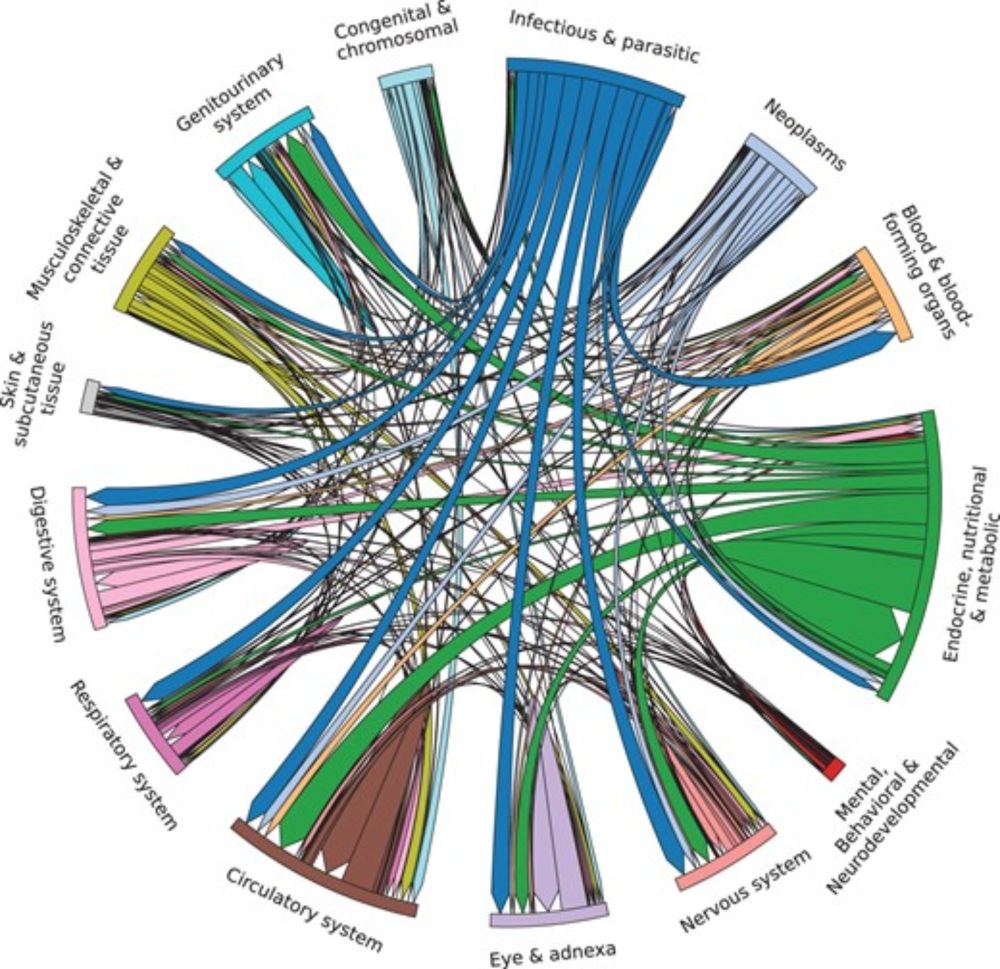
The second-place solution in CAFA5 has now been published.
Paper: arxiv.org/abs/2412.045...
GitHub Repo: github.com/btbpanda/CAF...
Kaggle Writeup: www.kaggle.com/competitions...
The second-place solution in CAFA5 has now been published.
Paper: arxiv.org/abs/2412.045...
GitHub Repo: github.com/btbpanda/CAF...
Kaggle Writeup: www.kaggle.com/competitions...
nature.com/articles/s41...

nature.com/articles/s41...


